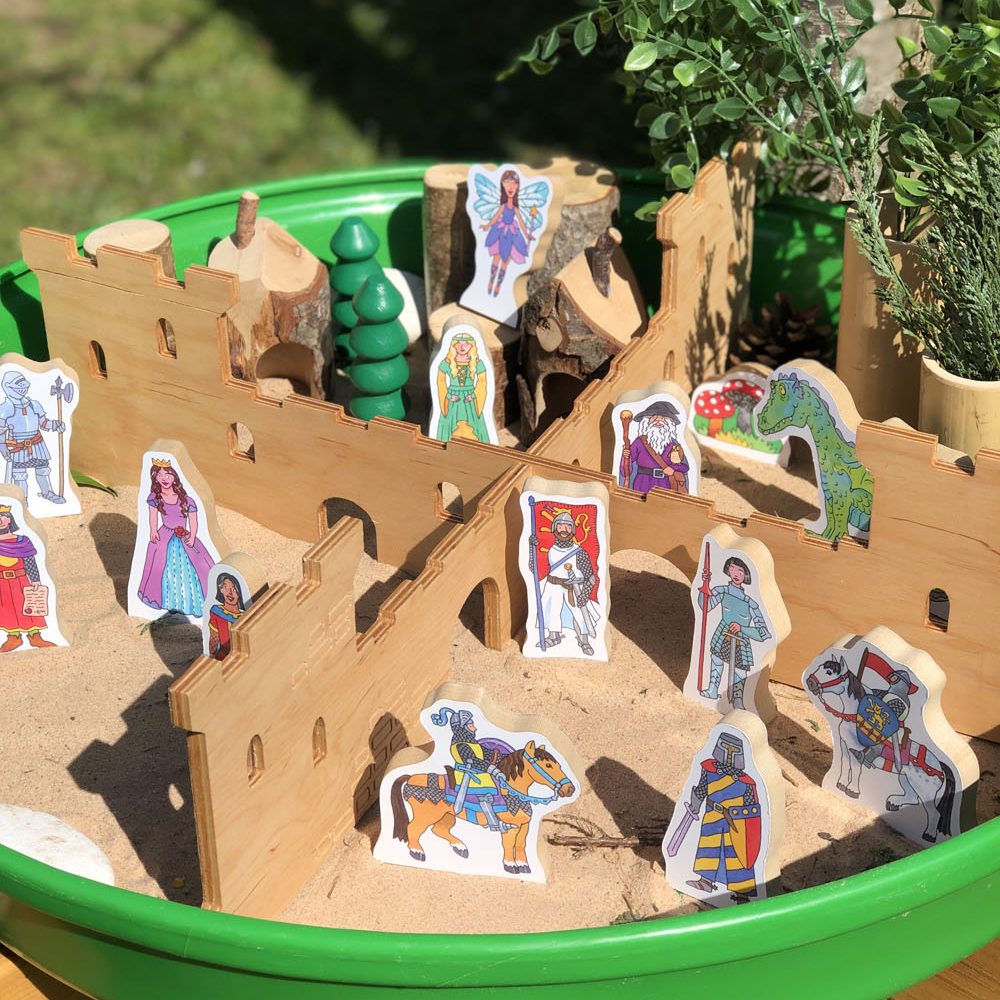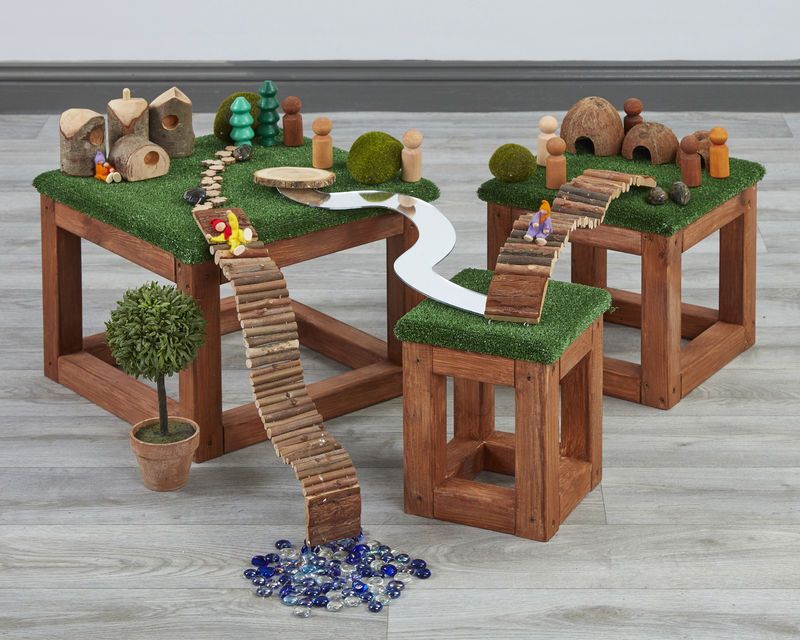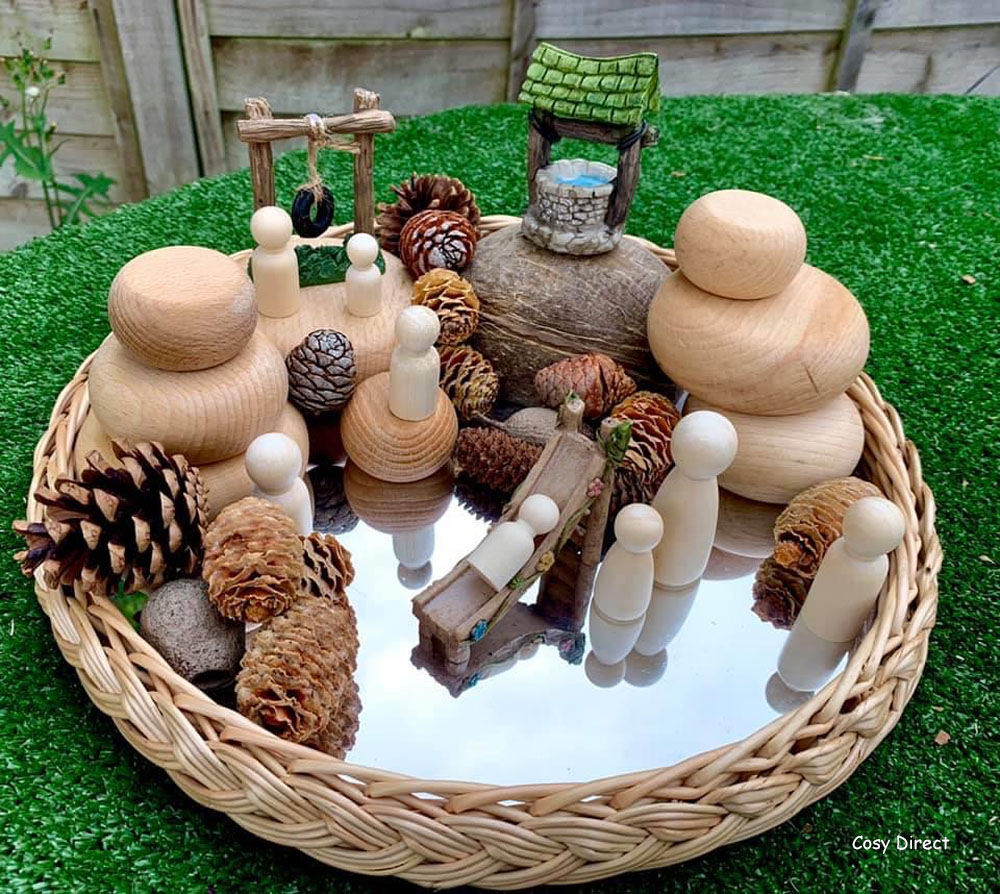Small World Play Ideas and Inspiration
Small world play can be a creative, inspiring way to support the learning and development of young children through play. Through this type of play, rich opportunities can evolve which impact on development across the Early Years Foundation Stage (EYFS). This makes small world play a valuable part of provision, not to mention a versatile way to build on children's interests and characteristics of effective learning. Below we share our thoughts on Small World Play and give ideas and inspiration.
What is small world play?
Small world play is very much as the name suggests. It's play scenes and experiences on a small scale with a particular theme or focus. Some examples include a dinosaur swamp, fairy garden, farm, seaside scene, space exploration, the arctic or a castle set up. There are endless possibilities!
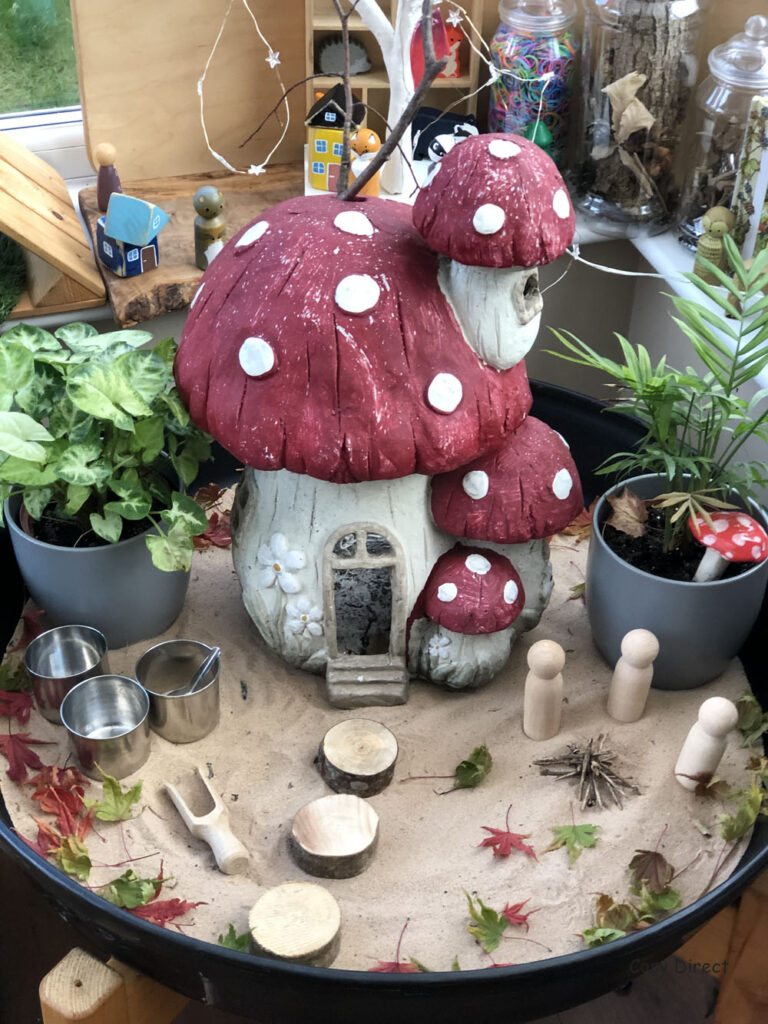
Where to start...
Social media can be swamped with a myriad of ideas. Before you know it, you can lose hours down a Pinterest rabbit hole! There really are some incredible small world set ups which are shared online. However, the small world play you facilitate in your setting must be relevant and meaningful to the children attending. A good starting point for this is knowing your children well. What are their interests and characteristics of effective learning? We all know that children are more engaged in their play when provision is based on their interests.

Next, think about where you will set up your small world play experience within the setting. Will it be indoors or outdoors? Will you use a tuff spot or wooden crate or perhaps a cardboard box or on a table? The fantastic thing about small world play is that it is so versatile and can be set up anywhere with relative ease. It's useful to build up a bank of resources which you can incorporate into small world play. This means you're able to respond quickly to children's interests as you're not having to wait to source items.
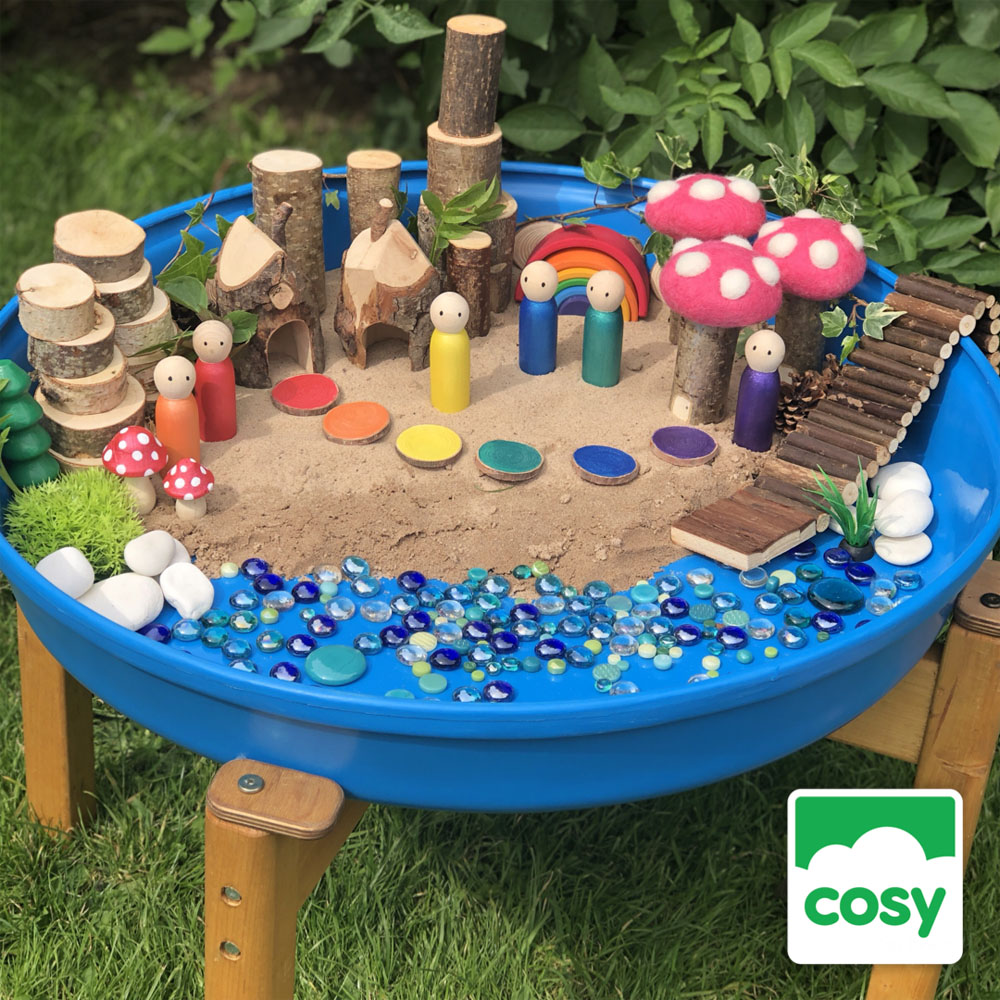
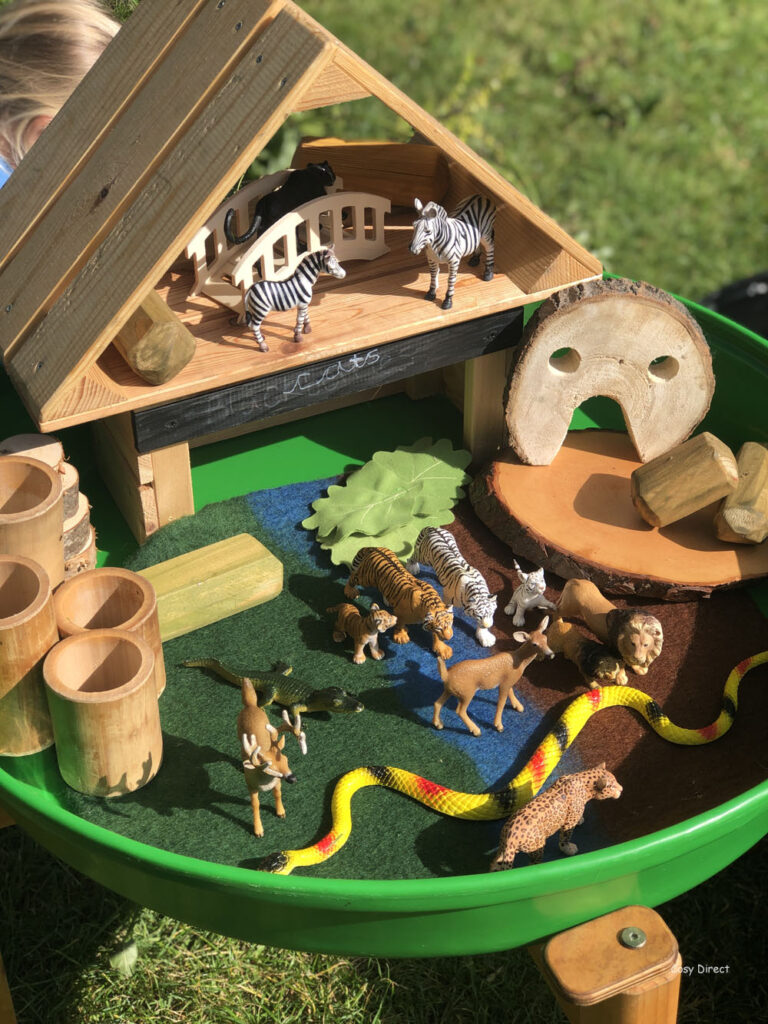
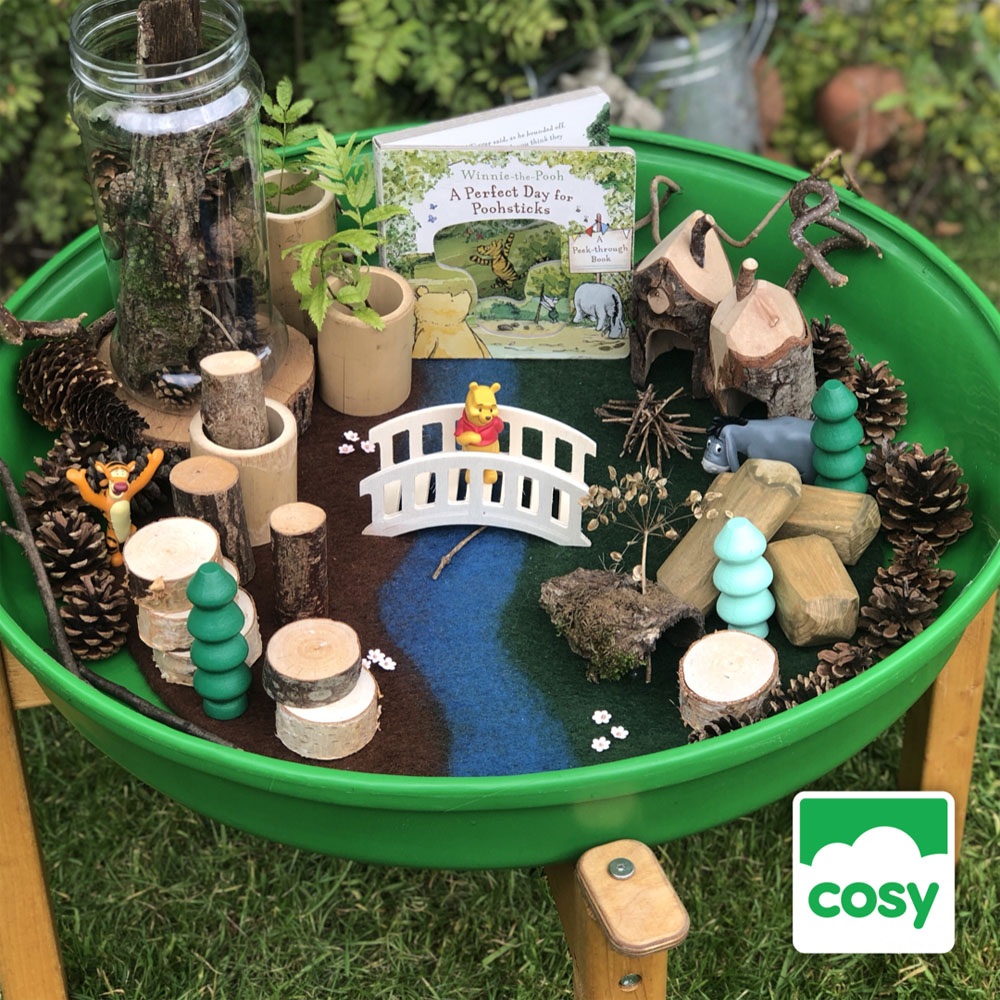
Some ideas for resources include:
- Rocks and stones
- Sticks
- Artificial grass
- Wood slices
- Peg people
- People
- Fantasy figures
- Little houses
- Larger house structures or settings
- Mushrooms
- Felt mats for a base
- Mats to line a tray
- Animals - farm, jungle, woodland etc.
- Sand
- Fabric - hessian usually makes a great base
- Pine cones
- Blocks
- Cardboard tubes or bamboo pots
- Trees
- Recycled cardboard boxes
- Wooden Crates and tent roofs
- Roadways
- Crates, Trays and cable drums / cable reels to create worlds on
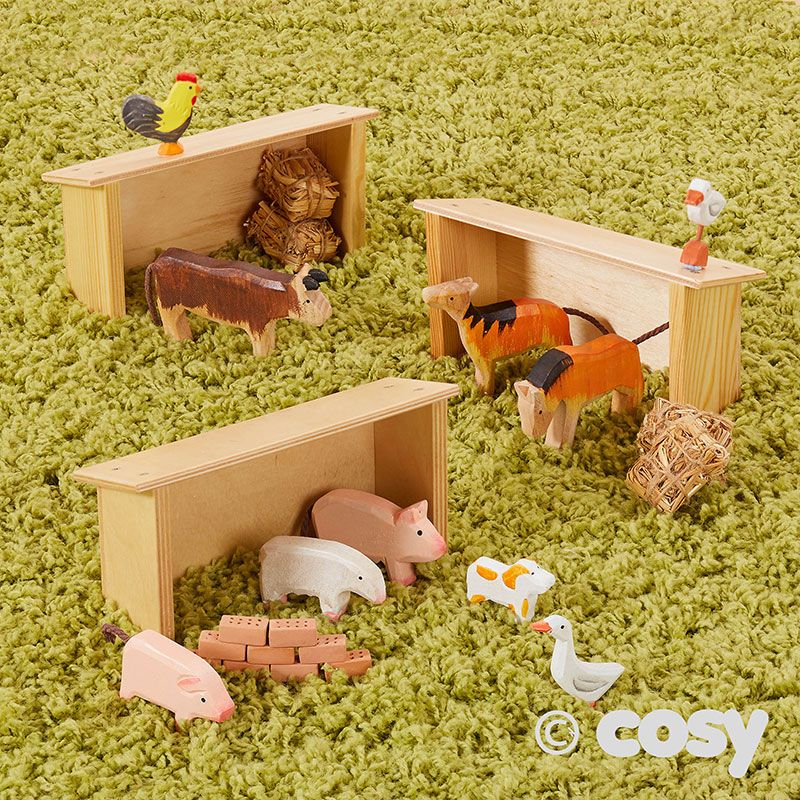
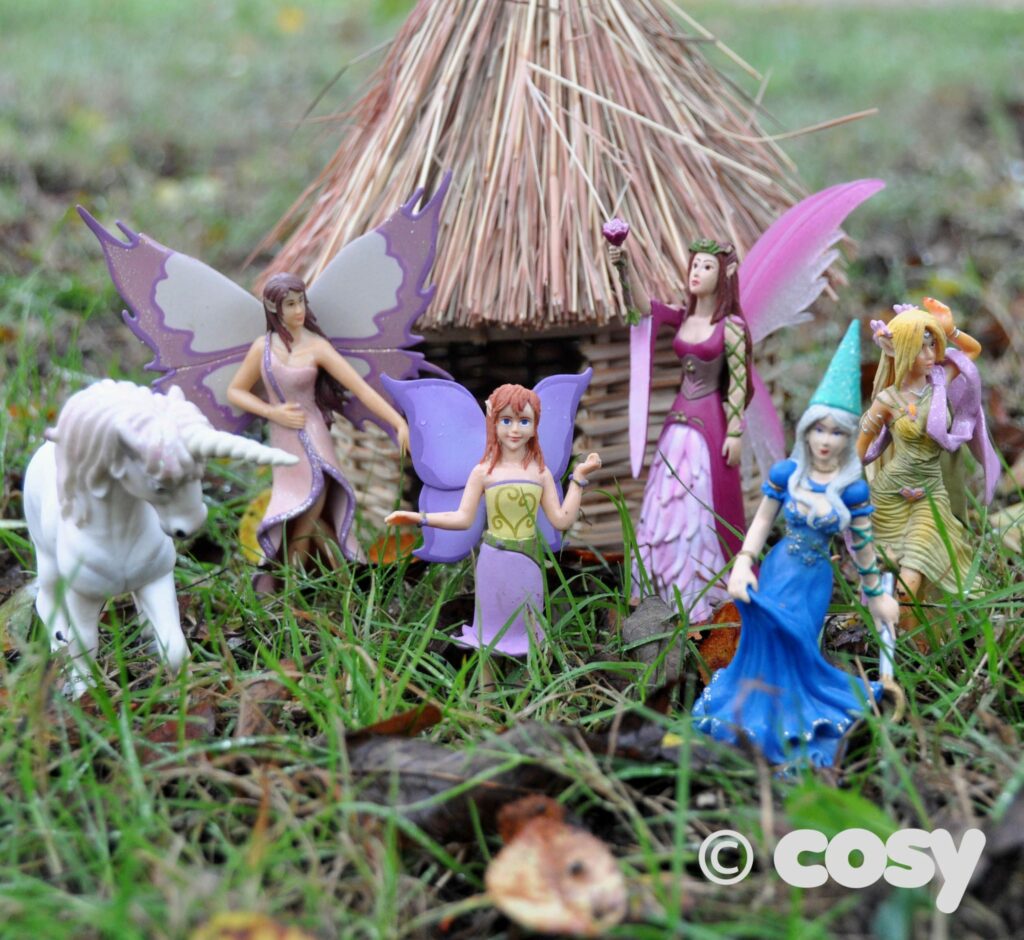
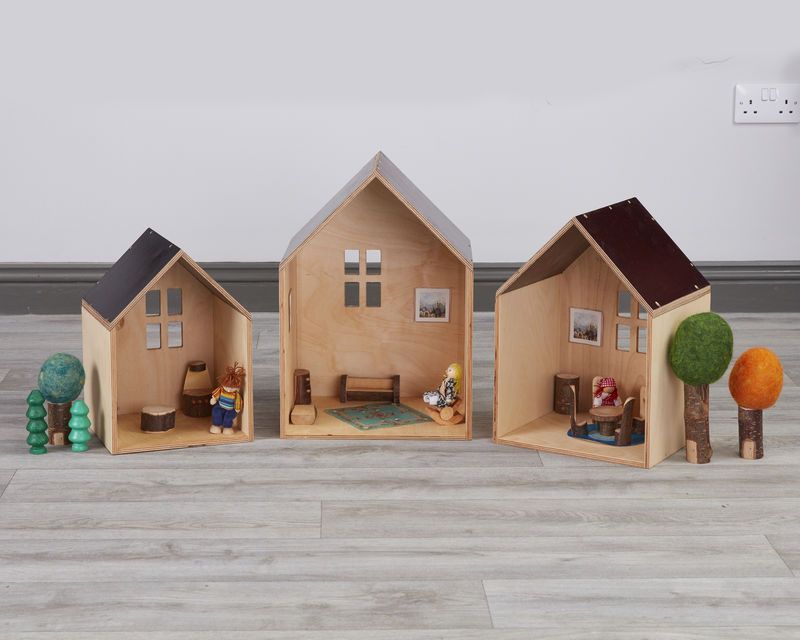
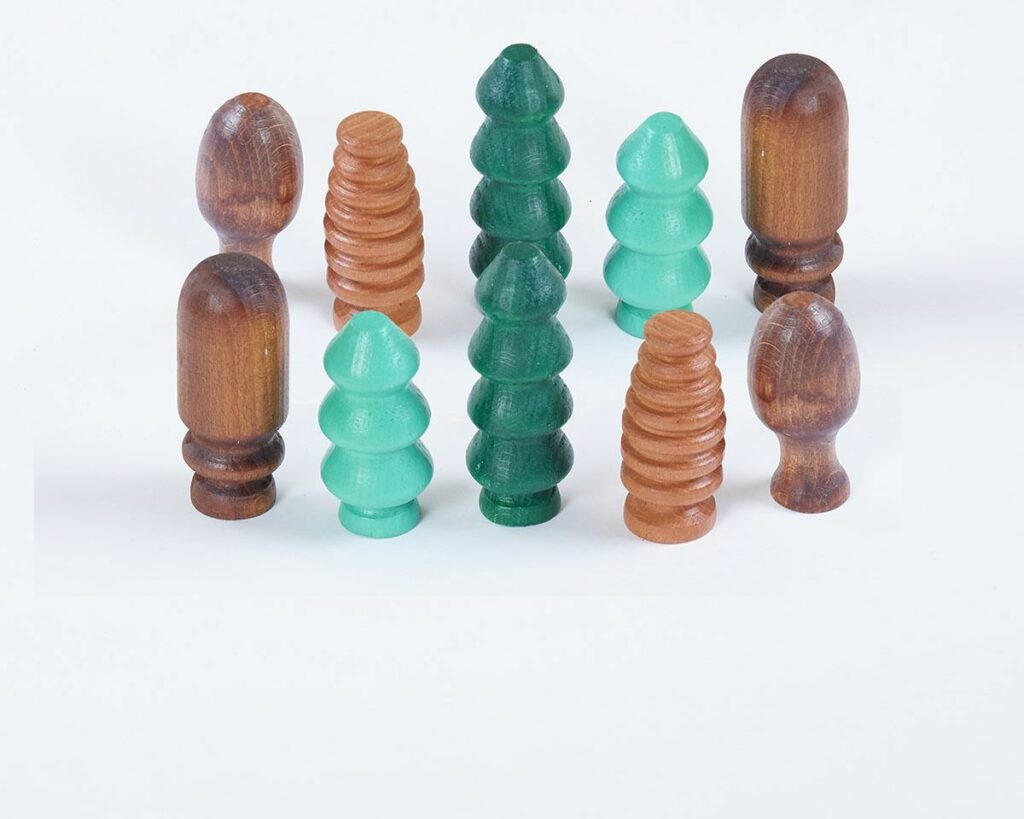
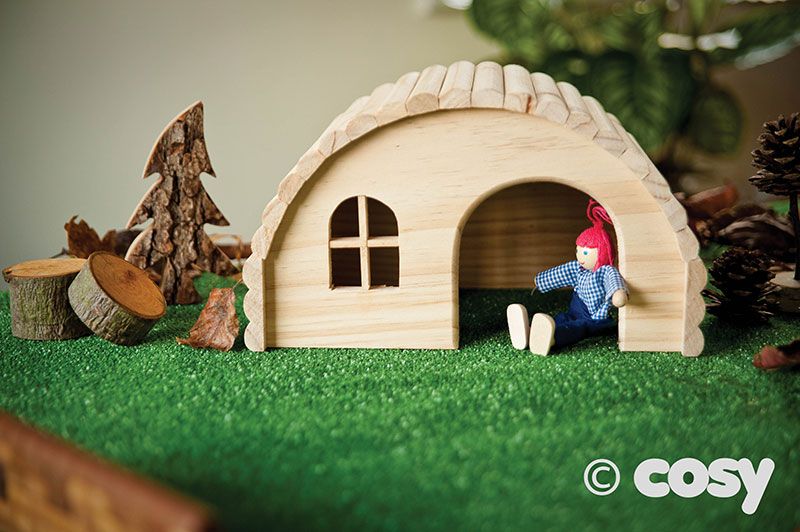
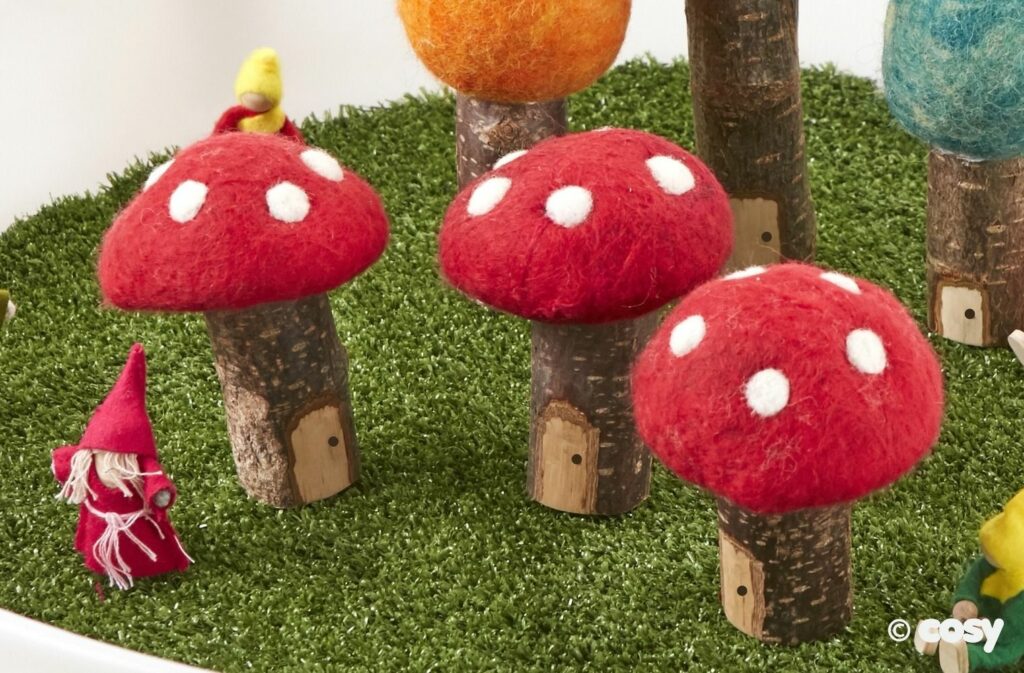
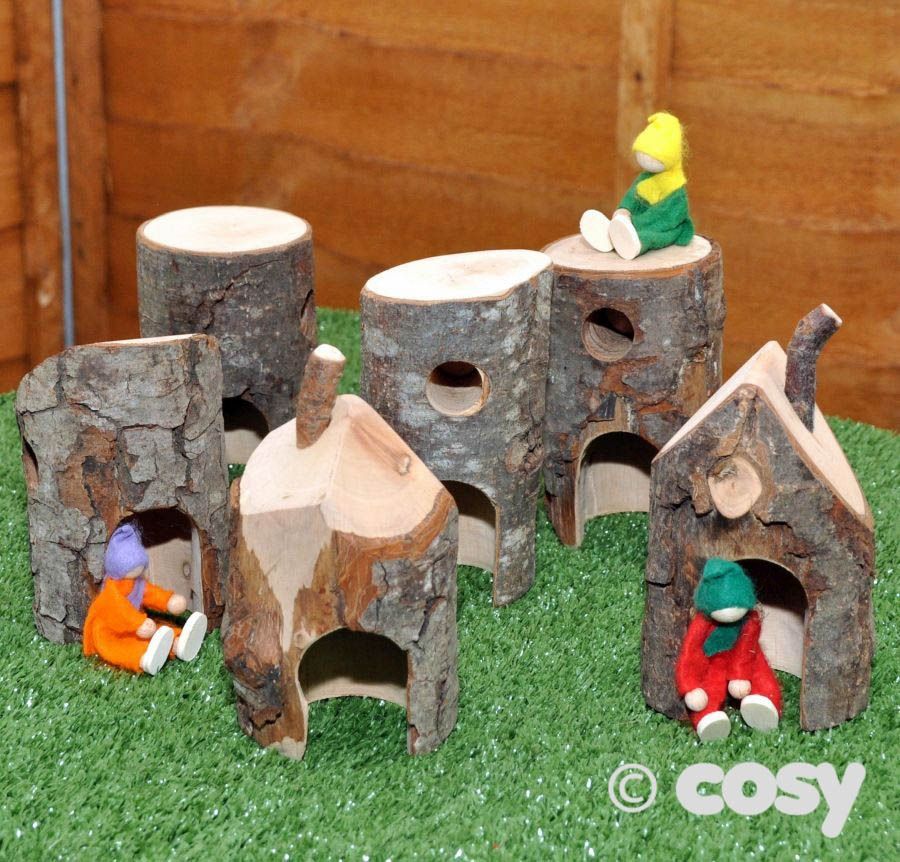
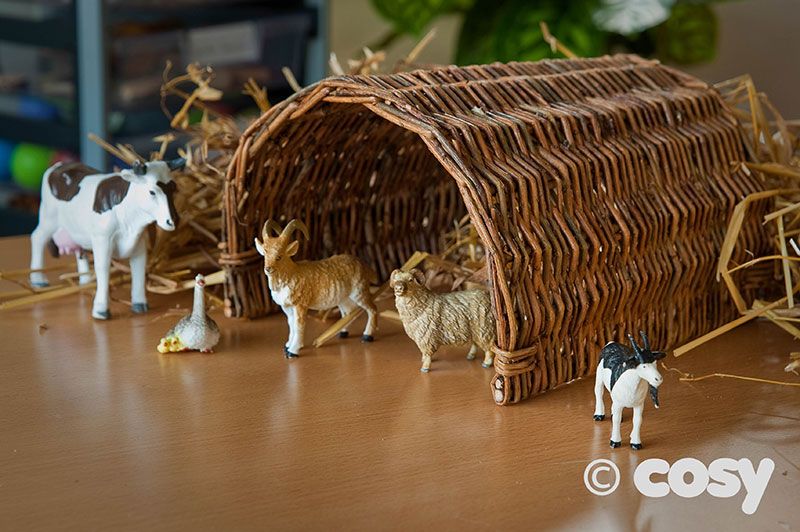
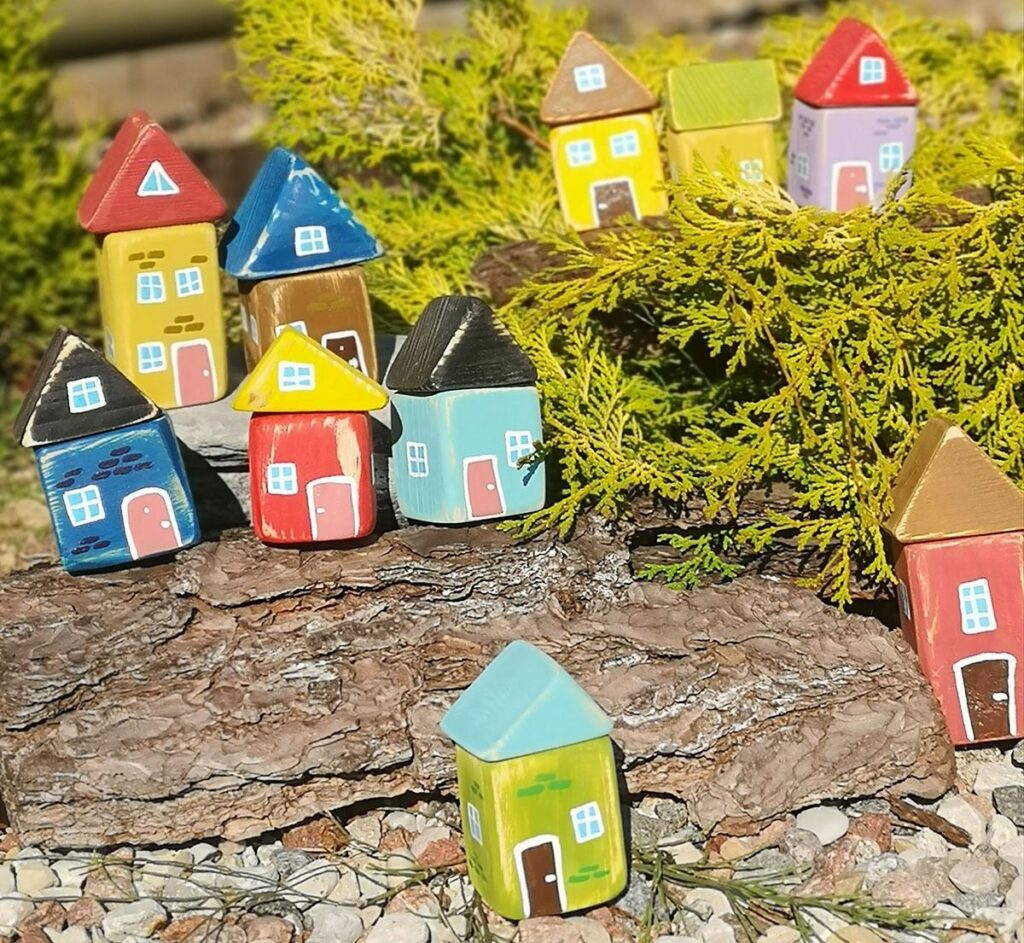
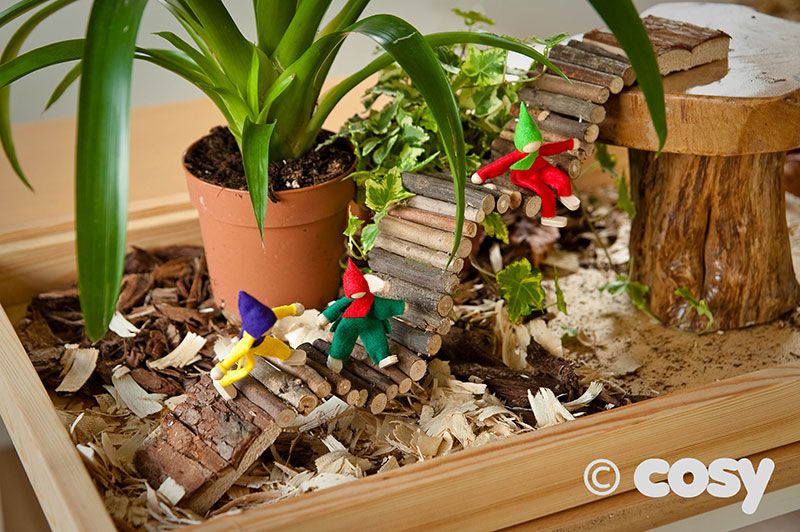
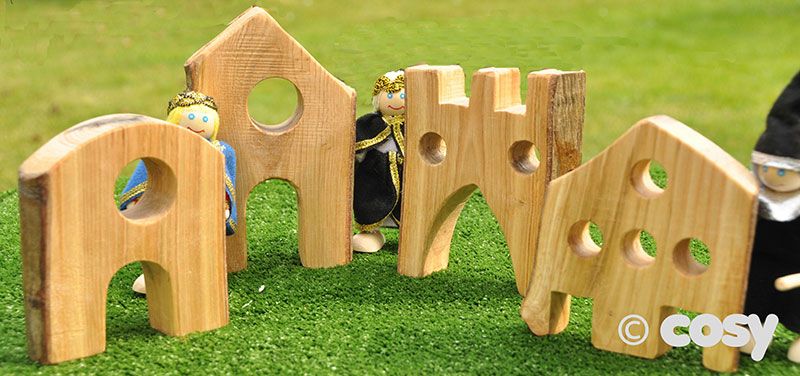
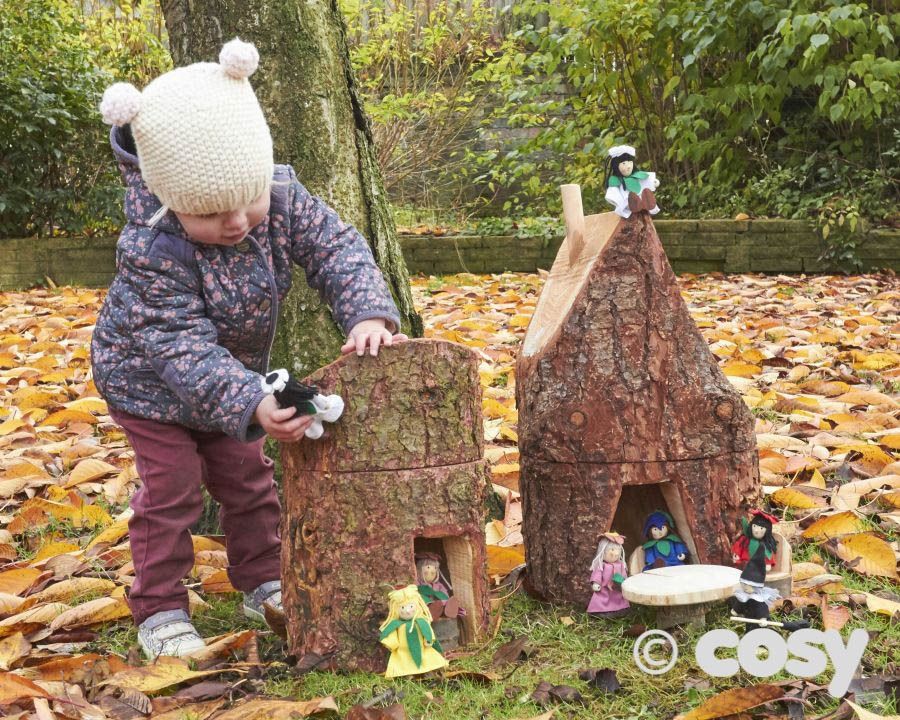
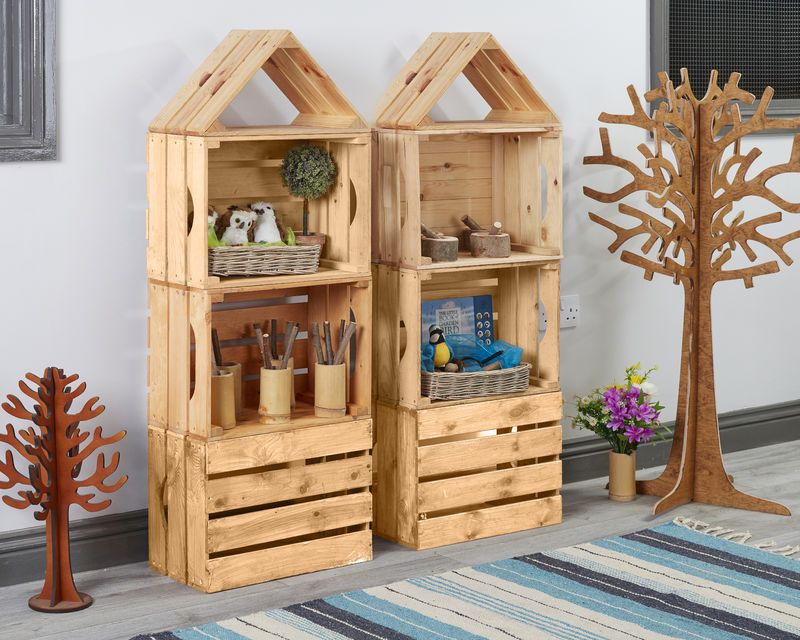
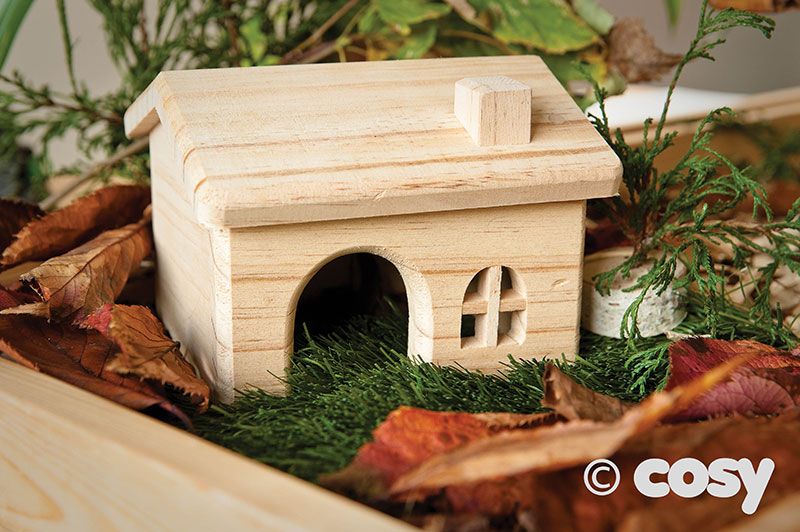
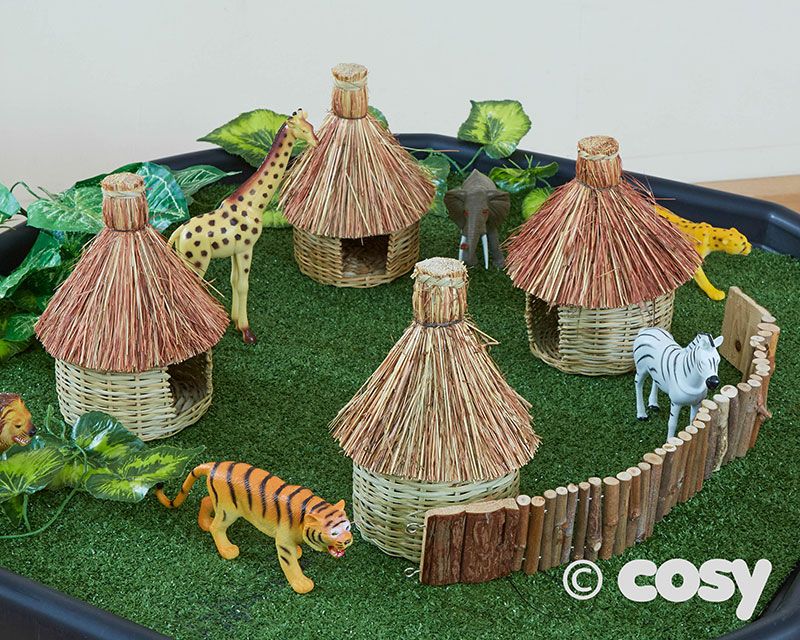
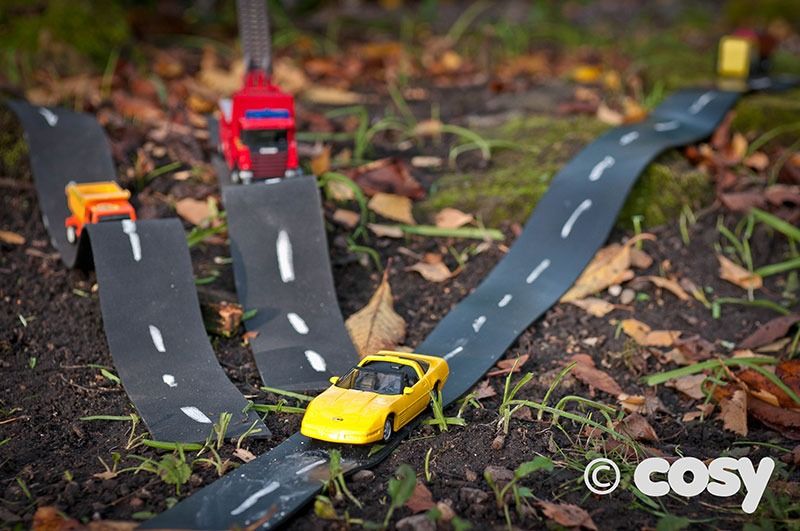
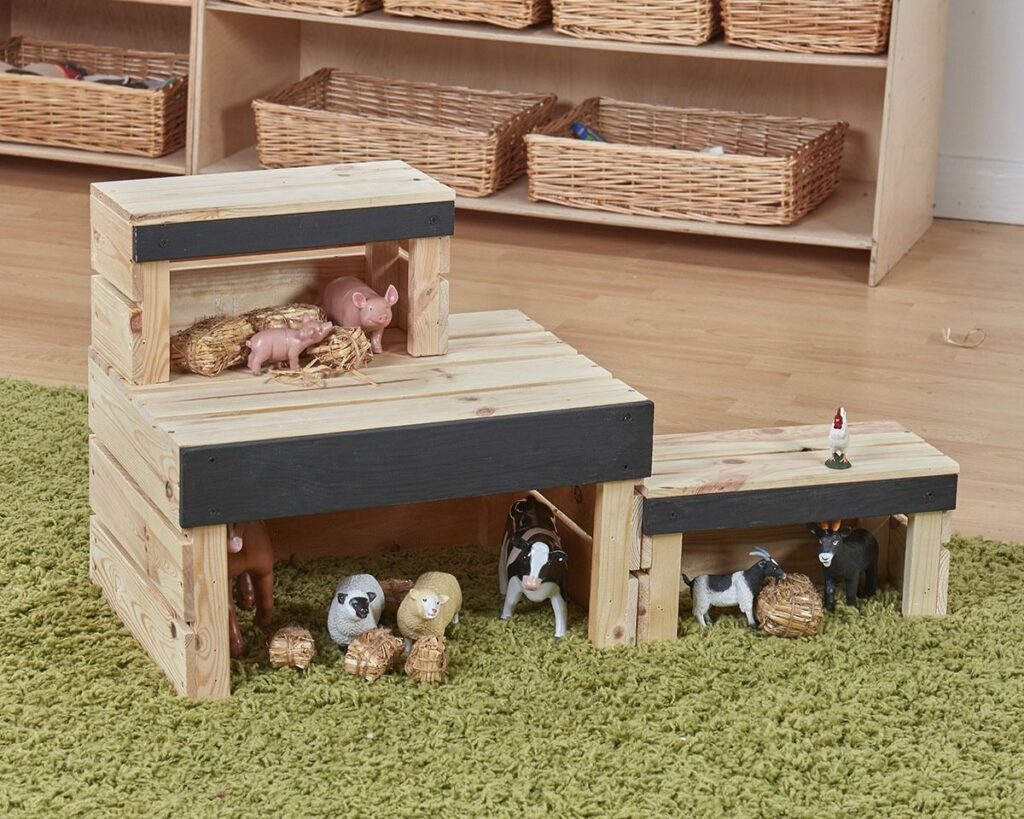
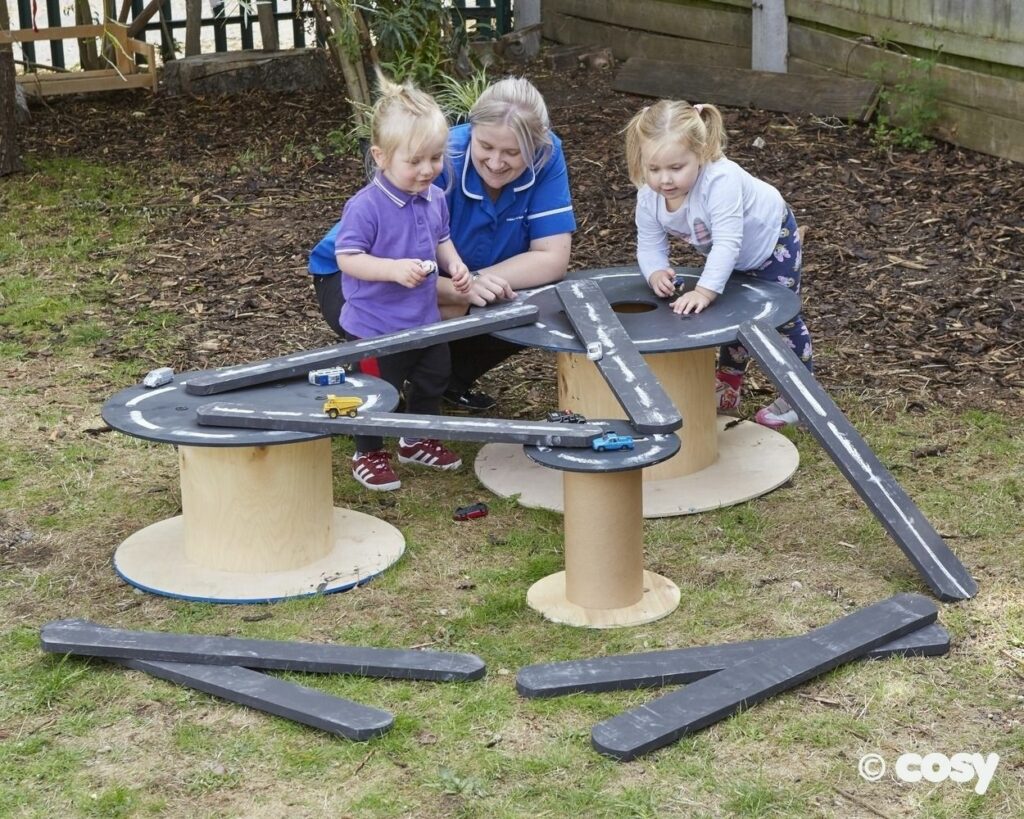
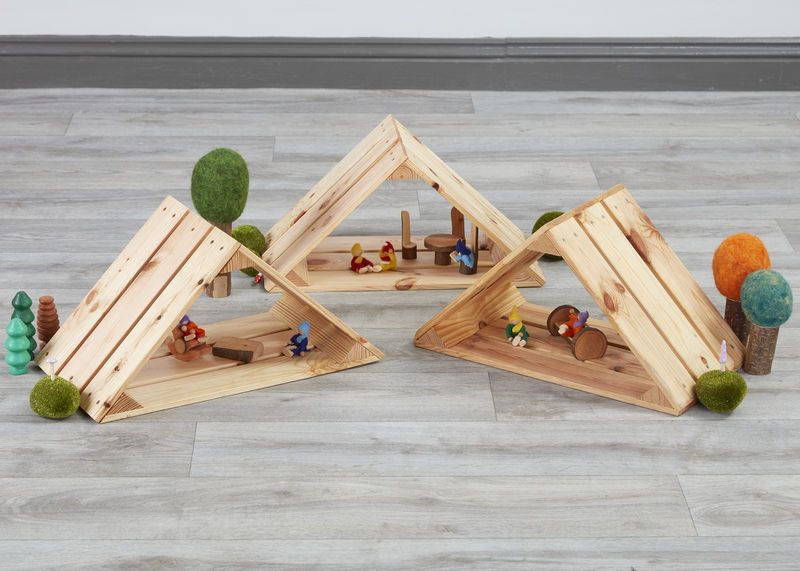
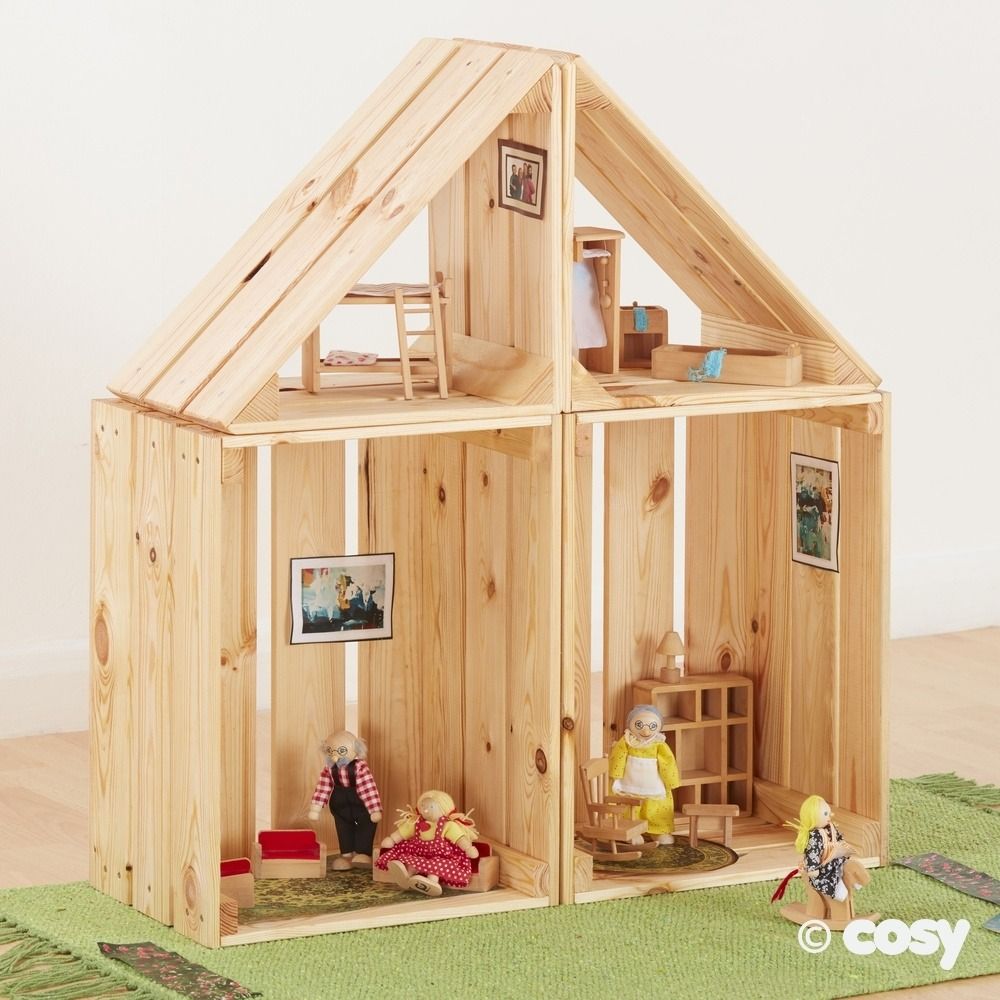
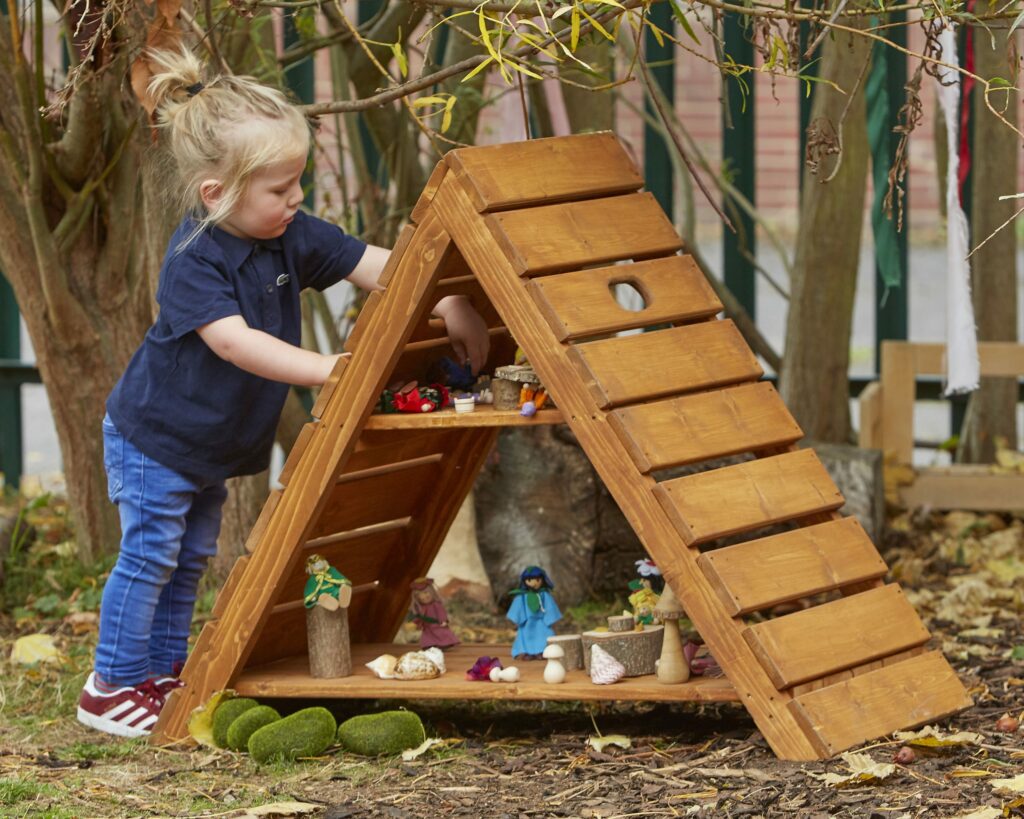
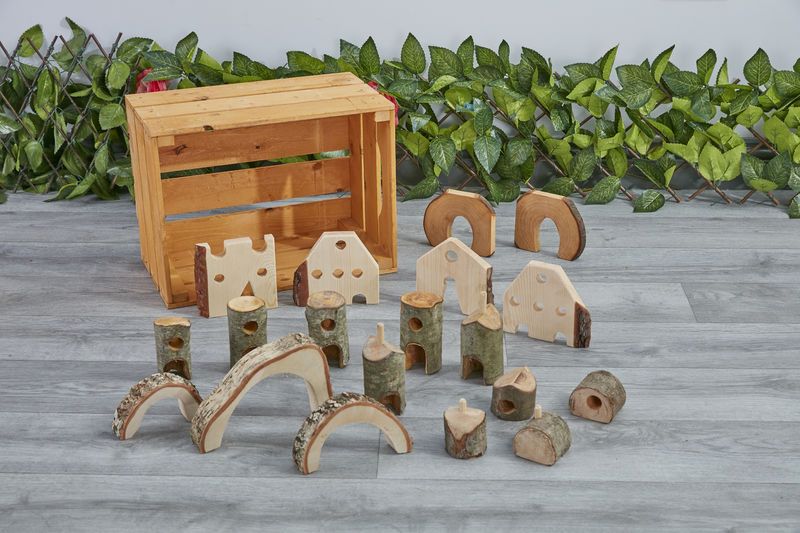
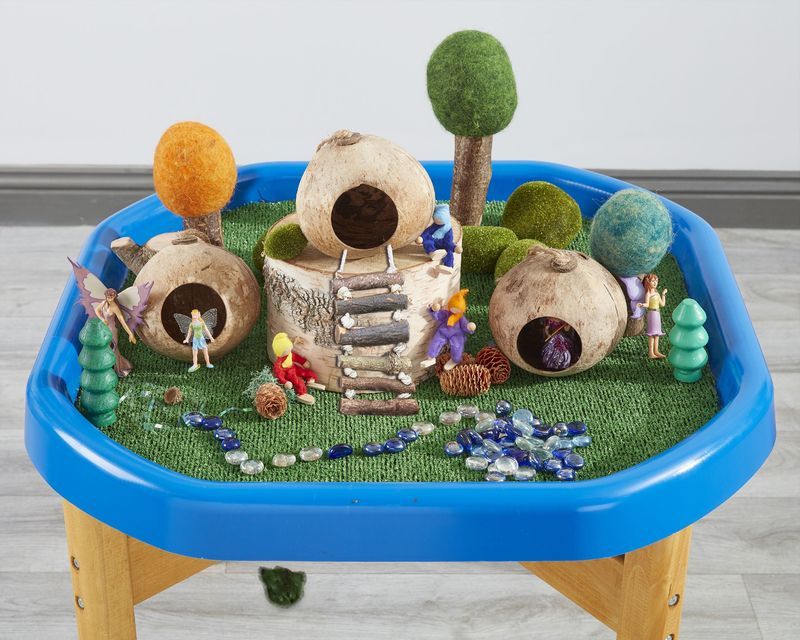
Children's interests can change quickly so a bank of resources which includes the above items gives you a wealth of play prompts at your disposal. As interests change, you'll be ready to enhance your small world provision accordingly. Children should be free to explore small world scenes in their own way, helping them think through ideas and make sense of the world.
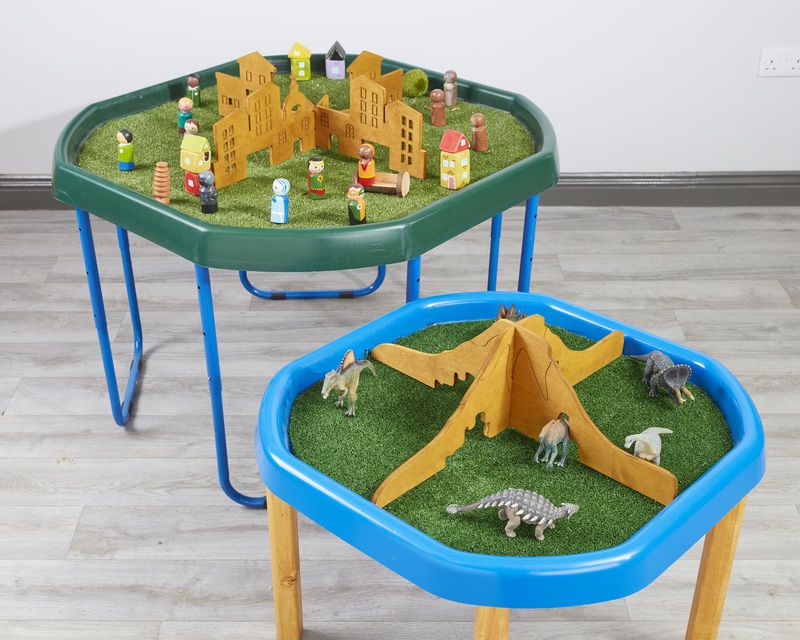
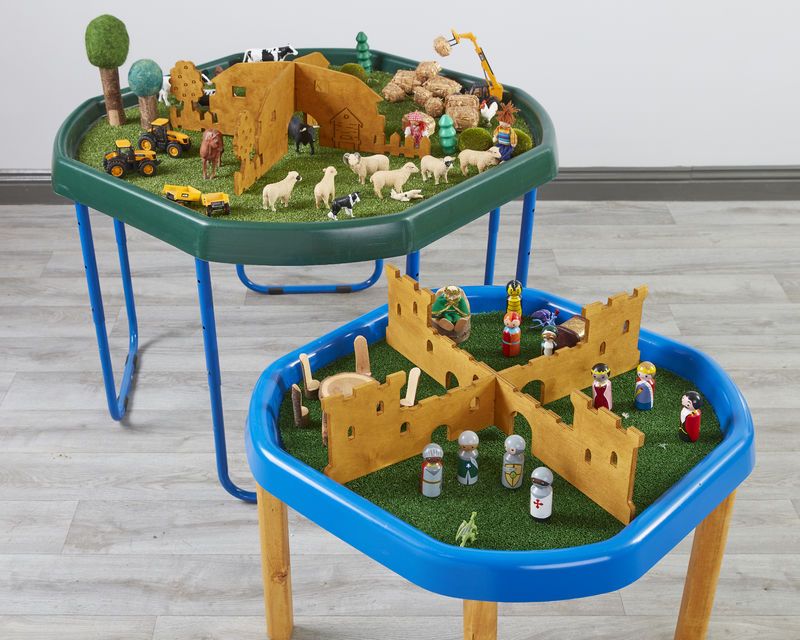
Why is small world play beneficial?
The benefit of small world play lies in the way it entices children to engage and play. An inspiring small world set up will motivate children to join in, promoting learning and development through play. Some small world set ups are incredibly beautiful and intricate and actually look like works of art. However, they shouldn't just be aesthetically pleasing - the purpose of the play is for it to be explored, not just for it to look pretty. It is through this exploration that children have the opportunity to play creatively, making up scenarios, developing a narrative and sharing ideas. This type of play enables children to develop transferable skills including the ability to problem solve, think critically, collaborate, be tolerant and persevere.
The nature of small world play, and the intricate parts, can be valuable for the development of fine motor skills. Children will be using their thumb and forefinger to pick up items, impacting on finger strength and dexterity ready for writing.
Small world play can also be a wonderful prompt for talking. As children play and share ideas, they are listening, understanding, processing information and responding appropriately. Observations of small world play highlights children's use of descriptive language and emergence of new vocabulary.
When providing opportunities for small world play, consider how you feel children would benefit from the experience. Will it be social skills, refinement of fine motor skills, mathematical language, pretend play, sustained shared thinking or cause and effect amongst other things. From this, you can confidently plan your small world play provocation, understanding the resources which would best suit the play.
Moving on...
Observations of small world play will inform your future planning. They will help you to understand what has been successful, how children have used the resources, skills developed, how the play has evolved and whether you need to broaden your bank of resources. It's important to enable children to have extended, uninterrupted time to play so they can be immersed in the experience. Consider keeping your small world provocation out over a number of days so children have the opportunity to revisit and extend their own play. which can help consolidate knowledge. They might begin incorporating resources from around the provision to build on their play experience. Think about what else you could provide to enhance this.
When setting up a play provocation, it's important to risk assess every time. Take a close look at your resources, checking for hazards such as broken parts and sharp edges. Also consider the ages and stages of development of your cohort of children. Some activities might require adult supervision, especially with small parts which could prove to be a choking hazard. It's also important to ensure you allow for variety in your play provocations.
Perhaps consider which sensory resources you are using and if it's consistently sand or soil, add in water, gloop, gravel or geli baff. You can also add variety in how you display your provocations - if you often use a tuff spot, think about adding height to your tray or if it's usually on a stand, try putting it on the floor.
The most important part of small world play is to put the children and their experiences at the heart of it. You could get them to help you set it up, tidy it away or give you ideas on what they would like to play with. Make it fun and don't be too proud to let your creations be ruined! Children might not play with the small world how you envisaged but that is perfectly fine - they are learning through the process.
Check out our full range of Small World resources here.
Don’t forget to share your small world play set ups with us on our social media channels: @CosyDirect #CosyDirect #CosyClubIdeas
Facebook: https://www.facebook.com/cosydirect/
Twitter: https://twitter.com/cosydirect
Instagram: https://www.instagram.com/cosydirect/
With thanks to The Cosy Creatives for this blog post and our Cosy Club Members for their input.


